Films have been like this mighty mirror to society in each generation, reflecting its struggles, victories, and evolving narratives. For African and African American viewers mainly, the efforts of Black filmmakers haven’t only provided them with representation; it’s completely transformed the way stories are told in a world that once revolved around narrow representations and stereotypes. So, today, we’re celebrating five incredible filmmakers whose trailblazing efforts have turned Hollywood upside down and paved the way for new avenues for Black voices in cinema.
Okay, let’s get to it: We’re going all in on Spike Lee, Ava DuVernay, Ryan Coogler, Barry Jenkins, and John Singleton’s careers and legacies—five film directors whose work has straight-up revolutionized the cultural landscape while also being downright artistically brilliant.
Spike Lee:
Spike Lee exploded onto the scene in the 1980s as one of the loudest and most influential voices in American cinema. His debut feature, She’s Gotta Have It (1986), introduced a bold narrative sensibility and unapologetic portrayal of Black urban life, paving the way for a legendary career. But Do the Right Thing (1989) cemented his legacy. In a Brooklyn neighborhood on a sweltering summer afternoon, the film addresses racial tension with a ferocity that still resonates today. Lee’s unapologetic dedication to challenging social injustice—whether in Malcolm X (1992), 4 Little Girls (1997), or the Oscar-winning BlacKkKlansman (2018)—has established him as a household name and champion of those who have long been marginalized from mainstream Hollywood.
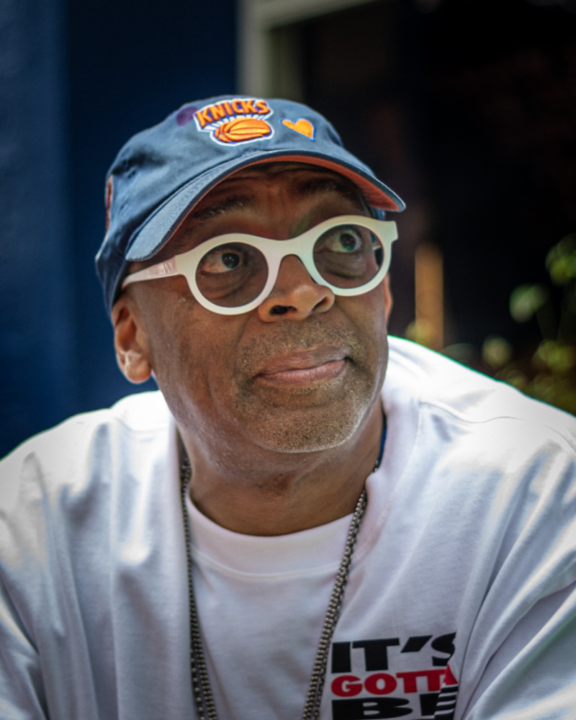
Source: Spike Lee – Wikipedia
Spike Lee’s films are defined by their brash visual style, kinetic musicality, and potent social commentary. His ability to balance humor with gut-wrenching drama gives audiences a gateway to engage with challenging realities about race, inequality, and the American urban environment. Through voicing the voiceless, Lee has rewritten the definition of filmmaker in America. His films challenge mainstream narratives and energize audiences to question and interact with the world around them.
Ava DuVernay:
Few directors have made as seismic an impression on Hollywood as Ava DuVernay. With an unshakeable commitment to social Justice and a passion for recounting historical tales, DuVernay has shattered barriers for Black women in a notoriously inhospitable business. Her film Selma (2014) reimagines the historic civil rights march of Dr. Martin Luther King Jr., delivering a visceral, grounded retelling of an event that transformed the country. Far from resting on her laurels from historical epics, DuVernay’s work in documentary efforts—most notably 13th (2016), an examination of the intersection of race, Justice, and mass incarceration—also attest to her commitment to shedding light on the systemic inequalities that continue to beset society.
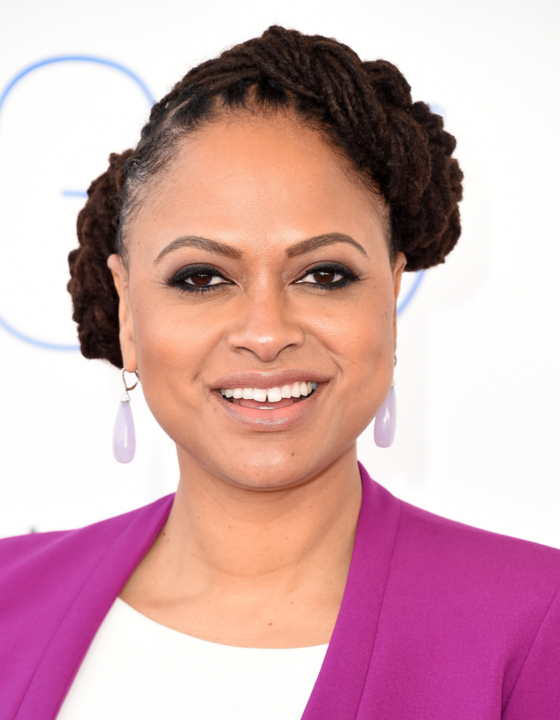
Source: Ava DuVernay – IMDb
DuVernay’s creative journey is all about chasing real, authentic stories. She pulls from her own life as a Black woman in America. She has made her mark in Hollywood, showing off what African Americans have contributed while flipping the script on the industry’s past narratives. Her show, When They See Us, shines a light on the voices that the mainstream media usually ignores, giving us a deeper understanding of the tricky criminal justice system and the high personal cost of racial injustice.
Ava DuVernay has redefined what it means to be a director in the modern film industry. Her openness to taking on projects combining art and activism has earned her critical success and encouraged millions of young directors to share their stories.
Ryan Coogler:
In the 21st century, Ryan Coogler is now one of Hollywood’s biggest stars—a director whose movies lead far beyond regular genre confines but are all about the Black experience. His first big feature film, Fruitvale Station (2013), the tragic real-life story of Oscar Grant, prepared him for a career that’s all about social significance and genuine feelings. But his follow-up projects brought him into the global limelight. With Creed (2015), Coogler breathed new life into the Rocky series, giving us a tale that blended raw athleticism with serious personal conflict. However, his most tremendous success to date has to be Black Panther (2018).
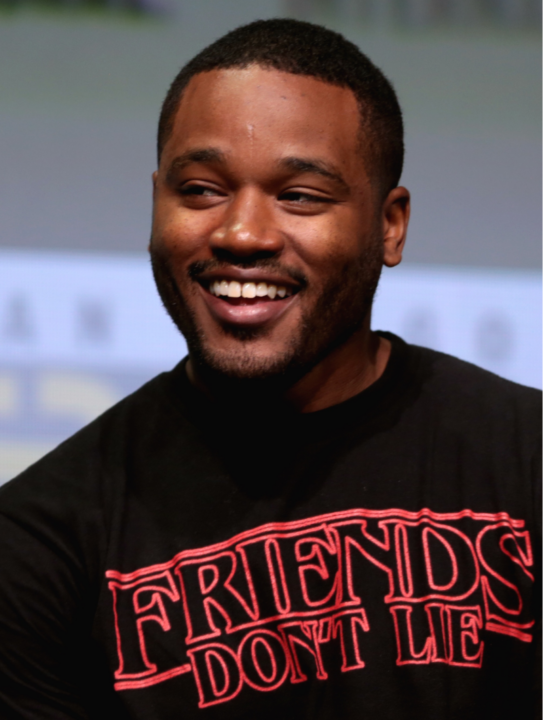
Source: Ryan Coogler – Wikipedia
Black Panther is not only a superhero film—it’s a cultural phenomenon. By inventing an Afrocentric utopia in the fictional Wakandan nation, Coogler revolutionized the traditional blockbuster model. The aesthetically pleasing production, thrilling narrative, and robust representation of African heritage resonated globally, shattering box-office records and igniting debates around identity, tradition, and advancement. Furthermore, Black Panther catalyzed the wider embracing and celebration of Black excellence in mainstream entertainment, signaling the emergence of a new crop of creatives and narrative voices.
A commitment to truth marks Coogler’s innovative style. He mines his life and the vibrant history of African and African American life to produce engaging and intellectually stimulating films. His films demonstrate that blockbusters can be a means of cultural discourse and transformation, compelling viewers to peer past the spectacle to the larger narratives beneath.
Barry Jenkins:
Barry Jenkins has remapped contemporary cinema with his subtle, lyrical narrative and deep emotional complexity. His 2016 film Moonlight took the Academy Award for Best Picture, not just for its innovative storytelling but also for its sensitive exploration of Black identity, sexuality, and self-discovery. In Moonlight, Jenkins sensitively brings to life a young Black man struggling to discover himself amidst a landscape of violence and racism. The broken narrative structure of the film, combined with its poetic imagery, encourages the viewer to enter the protagonist’s inner life on a profoundly personal level.
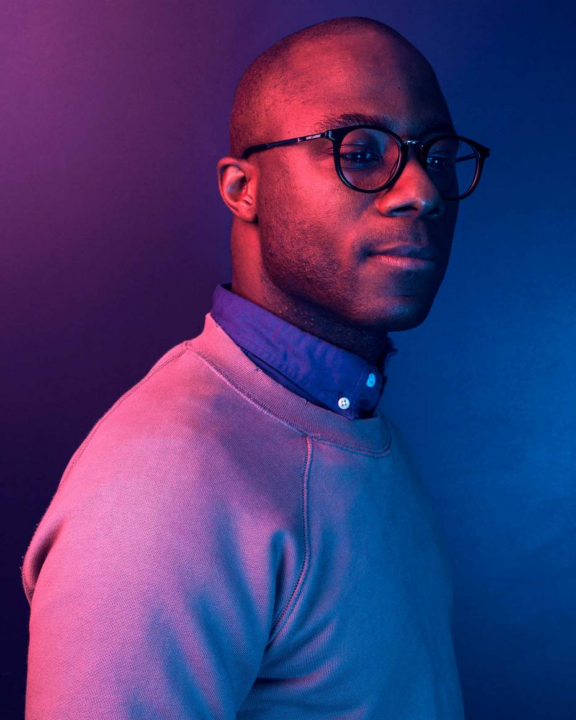
Source: Barry Jenkins – IMDb
After Moonlight, Jenkins continued his investigation of intimate, human narratives with If Beale Street Could Talk (2018). Based on James Baldwin’s novel, the film is a poignant love story against the backdrop of institutionalized racism. Jenkins’ films are characterized by their careful attention to detail—everything from the interplay of light and shadow in his composition to the understated performances that reveal the nuance of his characters. His films rise above the level of storytelling, presenting a contemplative view of the burden and beauty of the Black experience.
Jenkins’ legacy in film extends beyond accolades and awards; it is in his capacity to capture the social realities and complexities of human emotion with uncommon sensitivity. His films are a source of profound empathy, encouraging viewers to introspect about their existence and the world around them. His work is a celebration of the capability of cinema to provoke, heal, and inspire. To gain an insight into the artistic trajectory of Barry Jenkins, delve into sources that trace his critical success and influence, such as debates in film retrospectives and scholarly studies that are accessible at institutions such as the Library of Congress.
John Singleton:
John Singleton’s legacy is all about his no-holds-barred examination of urban Black life and the rough stuff accompanying it. He came onto the scene with his directorial debut, Boyz n the Hood (1991), and not only did he get the harsh realities of South Central Los Angeles right, but he also made history as the youngest and first African American to be nominated for the Academy Award for Best Director. Boyz n the Hood is a landmark film that combines elements of violence, grit, and the struggle to survive in a system that too often marginalizes Black communities. The gritty texture and detailed character stories broke the mold in American film, giving voice to a generation that had been silenced for too long.
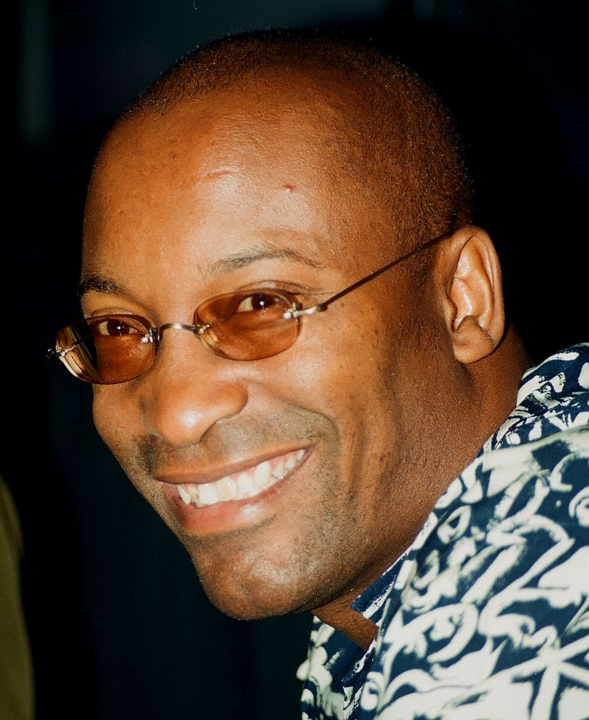
Source: John Singleton – Wikipedia
Except for Boyz n the Hood, Singleton’s films are a mosaic of diverse stories that offer a broad canvas of the Black experience. Poetic Justice (1993) vividly brought to life a beautiful tale of love and tragedy, while Higher Learning (1995) probed the racial and social conflicts afflicting the universe of higher education. All his films are infused with Singleton’s commentary and empathy for his characters. His films are unwilling to shy away from uncomfortable truths—whether it is the fallout from institutionalized racism or the nuances of Black masculinity—and, in so doing, have resonated with audiences across generations. John Singleton’s impact goes far beyond his movies. He paved the way for many directors by showing that stories of the Black urban experience could not only be told but could succeed both critically and financially. His trailblazing continues to motivate young directors who take his movies as a template for being honest and bold in telling their stories.
Conclusion:
The path of these five Black filmmakers—Spike Lee, Ava DuVernay, Ryan Coogler, Barry Jenkins, and John Singleton—is a testament to the revolutionary potential of film when it chooses to disrupt norms and speak from the margins. Each of these directors, with their distinct voice and artistic vision, has not only pushed the boundaries of storytelling but has also created space for new narratives that speak to the lived experiences of African and African American lives. Their films are not entertainment alone; they are acts of provocation, calls to consider social injustices, and celebrations of Black culture in all its complexity.
By breaking down doors in an industry that had long been shut to Black talent, these filmmakers have redefined the potential of filmmaking. They have established a space where authenticity, passion, and commitment to the truth can thrive, inspiring countless others to pursue their artistic visions in the face of opposition. Their films remind us that film’s strength is its potential to create social change—a tool that can shed light on injustice, foster understanding, and ultimately create a more just and equitable society. For African Americans and Africans, these movies are all about empowerment and pride—they fully embody their experiences, triumphs, and struggles. They reflect the resilience and creativity that have always been a part of the Black experience. As we continue to celebrate what these notable filmmakers have to give, it is evident that the future of film needs all of those diverse voices to shape it. Let us pay homage to their legacy by viewing their movies, learning from their experiences, and embracing new voices willing to bring it to the next level.
You can sense the impact of Spike Lee, Ava DuVernay, Ryan Coogler, Barry Jenkins, and John Singleton in films and how individuals globally think and feel. Their movies have initiated dialogues, altered the way we perceive things, and, most importantly, brought to the forefront previously silenced stories. As the pioneers of Black cinema, they continue to motivate the youth to narrate their own stories with the same fervor and vigor.
In honoring these directors, we celebrate a legacy that is both historic and continuing—a legacy that reminds us that the craft of filmmaking is, at its very best, about the human condition. Their films have redefined what it means to be seen, heard, and valued in a world still learning to be inclusive. May their films be both a mirror and a window—reflecting our realities to us and giving us a glimpse of the limitless possibilities that await.

Anand Subramanian is a freelance photographer and content writer based out of Tamil Nadu, India. Having a background in Engineering always made him curious about life on the other side of the spectrum. He leapt forward towards the Photography life and never looked back. Specializing in Documentary and Portrait photography gave him an up-close and personal view into the complexities of human beings and those experiences helped him branch out from visual to words. Today he is mentoring passionate photographers and writing about the different dimensions of the art world.





